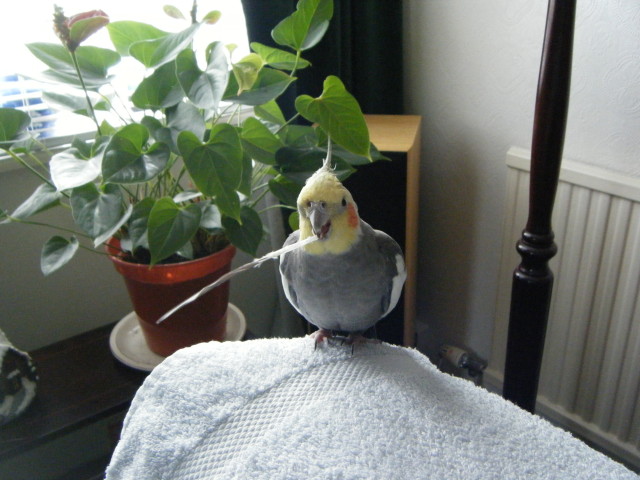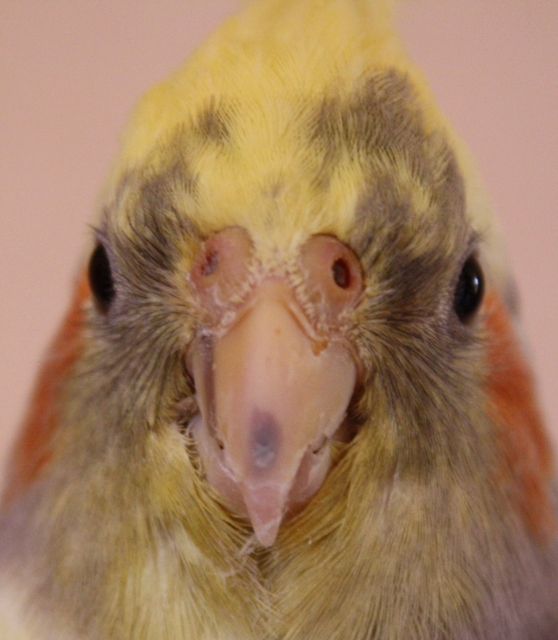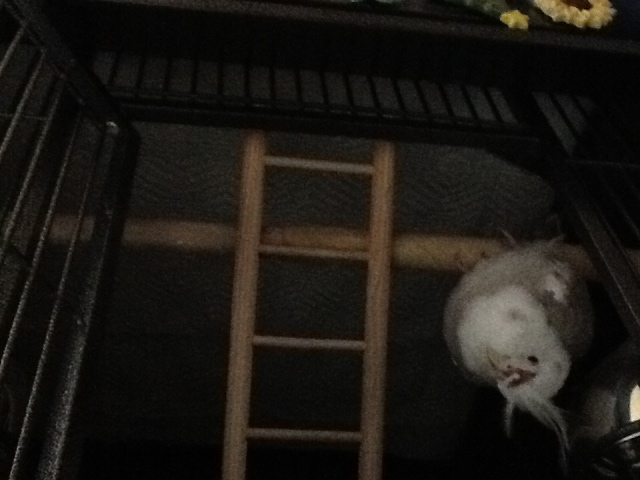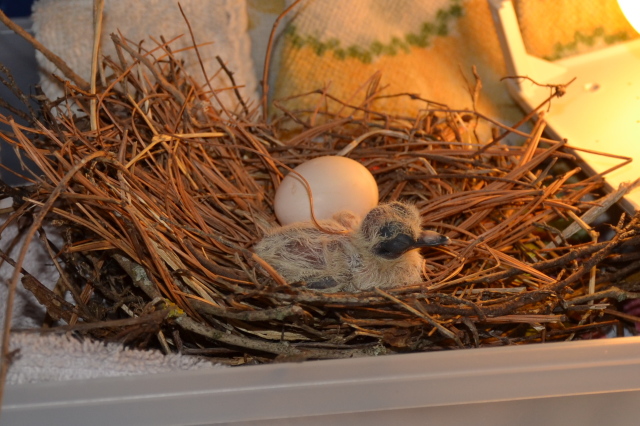QuestionHi, i have a question Its really wierd so to speak.
I have a big cage that i havent used in about two years, it has that standard white color to it, but iv'e noticed that there are some parts of the cage that have rust present on it. What kind of paint do I use to repaint it? or can I safely put birds in the cage with the rust present?? Thanks!
AnswerHi there,
The rust on this cage will almost certainly make your bird very ill if ingested. I had this article saved on my PC for exactly the same reason as you. Hope it helps. You will need to remove all the rust before hand as it will come through again, and only ruin the pain you have put on. I just gave up in the end and got a new cage! :-)
--------------------------------------------------------------------
Pet birds can be hard on cages, often chewing, scratching or wearing the paint. They can ingest flakes of paint which can be harmful to their health. Pet birds can also be sensitive to fumes from new paint.
If you want to repaint an older cage, here are a few tips.
First, the wire should be scrubbed with a wire brush to remove any loose zinc flakes, and then sanded smooth by hand.
In general, look for paints which:
- do not contain lead, zinc or chromate
- are "high adhesion", formulated to bond with the metal surface
- are hard-wearing
- are fast drying
Another suggestion is to look on the back of the paint can and see if it is safe for a human baby. There usually is a picture of a mom holding a child's hand somewhere on the can.
While painting, be sure to:
- move bird to a separate room
- work in a well-ventilated area
- apply paint in a thin coat
- if you're using a spray paint, be sure to hold a large piece of paper or cardboard behind the cage, moving it as you go, to act as a backdrop which catches the excess paint.
When the job is done.....WAIT. If possible, give your freshly painted cage a week or longer before using. Solvent-based paints take time after initial drying to release the solvent vapours. NEVER cover a bird in a freshly painted cage.
This tip to help minimize paint chewing by birds:
Birds love to climb, and paint damage often occurs from birds' gripping the cage with their beak to assist them in climbing up the cage. Aviculturist Eb Cravens also once reported that, by wiring perches or appropriately-sized tree branches onto the inner sides of the wire enclosures, the birds will be encouraged to climb from place to place by gripping these with their beaks, so that they do not even touch the wire when climbing.
A recommendation from Palace Cages:
"Much of the cage industry today uses a "Powder Coat" system. They advertise it is easy to clean and super hard. It may be easier to clean but I don't use powder coat on my cages. The chip problem gets much worse with a very hard material. Powder coat is not paint. It is a thermoplastic. Chips will not break up and and be more likely to cause intestinal blockages. It is also difficult to repair. It is melted on to the cage at aprox. 300 degrees. Powder Coat can be less of a threat with some birds, but I don't recommend it for hook bills."

 boris the cockatiel
Question
boris
Hello , I have a male cockatiel called b
boris the cockatiel
Question
boris
Hello , I have a male cockatiel called b
 Bruise-like discoloration of beak (Cockatiel)
QuestionSasha
QUESTION: Our Cockatiel has develo
Bruise-like discoloration of beak (Cockatiel)
QuestionSasha
QUESTION: Our Cockatiel has develo
 White faced cockatiel injury
Question
cockatiel injury
My 8 year old cockatie
White faced cockatiel injury
Question
cockatiel injury
My 8 year old cockatie
 mourning dove
Question
baby mourning dove
Hello,
My boys found a baby
mourning dove
Question
baby mourning dove
Hello,
My boys found a baby
 Eggs! :(
QuestionBroken Egg
QUESTION: I understand lovebi
Eggs! :(
QuestionBroken Egg
QUESTION: I understand lovebi